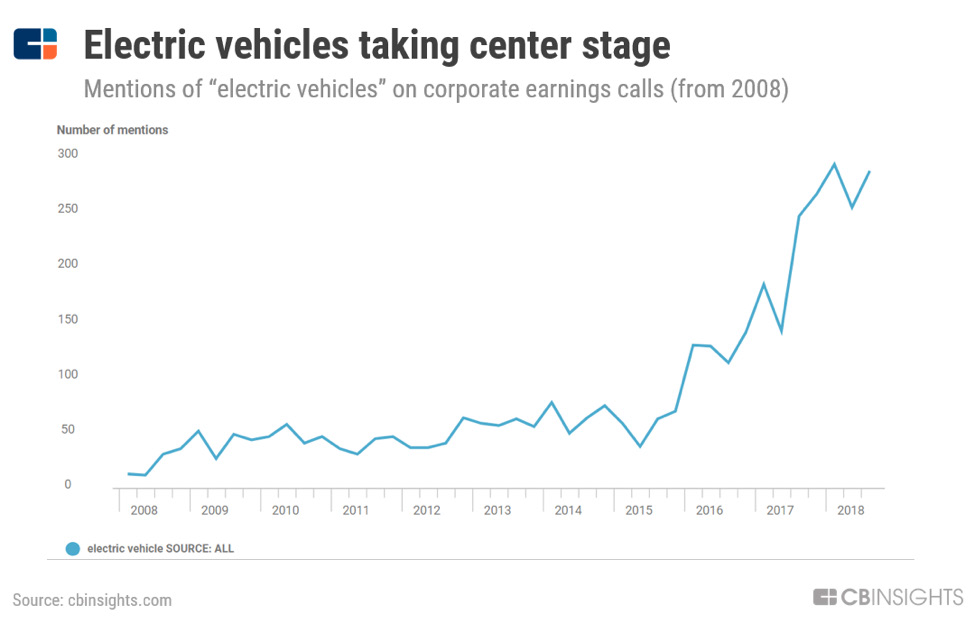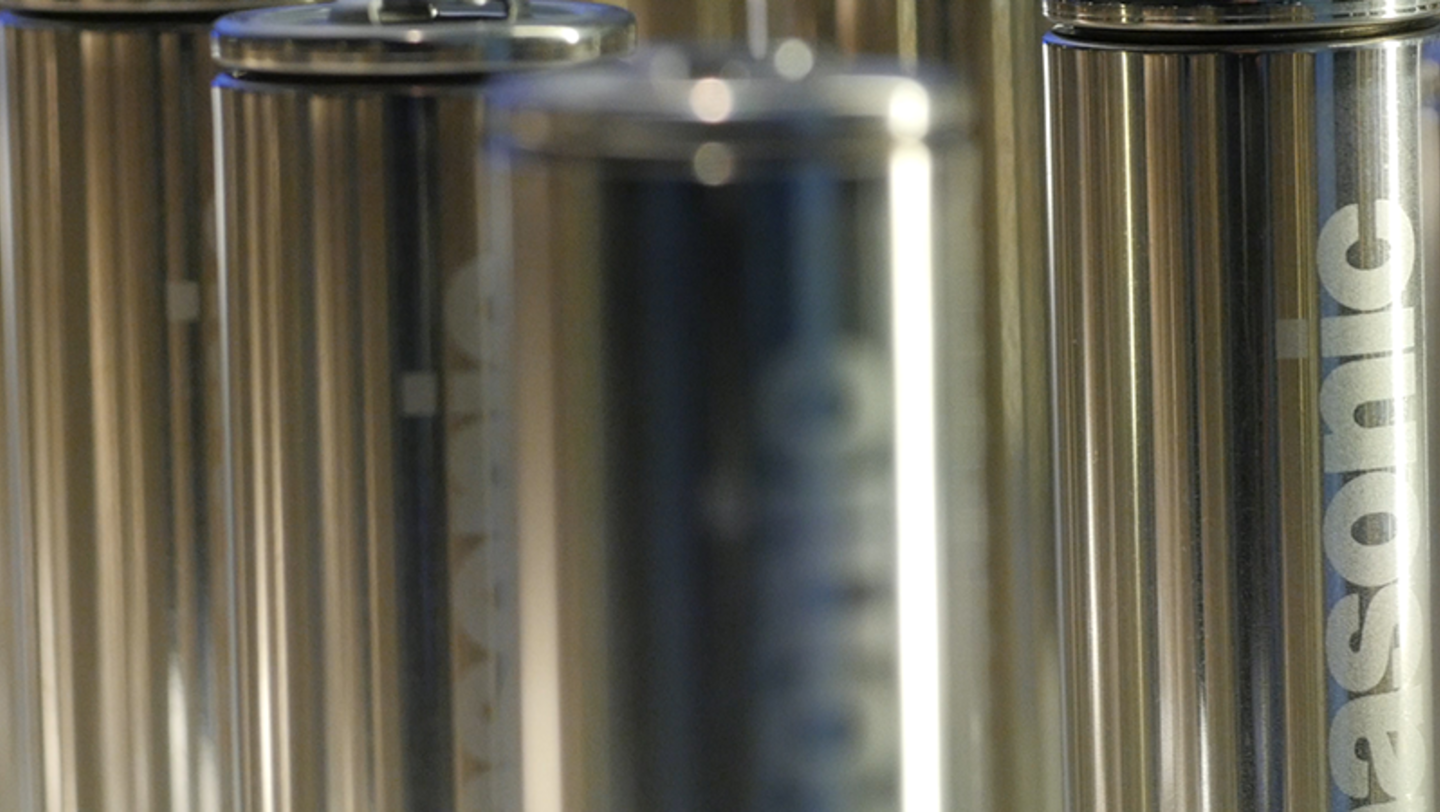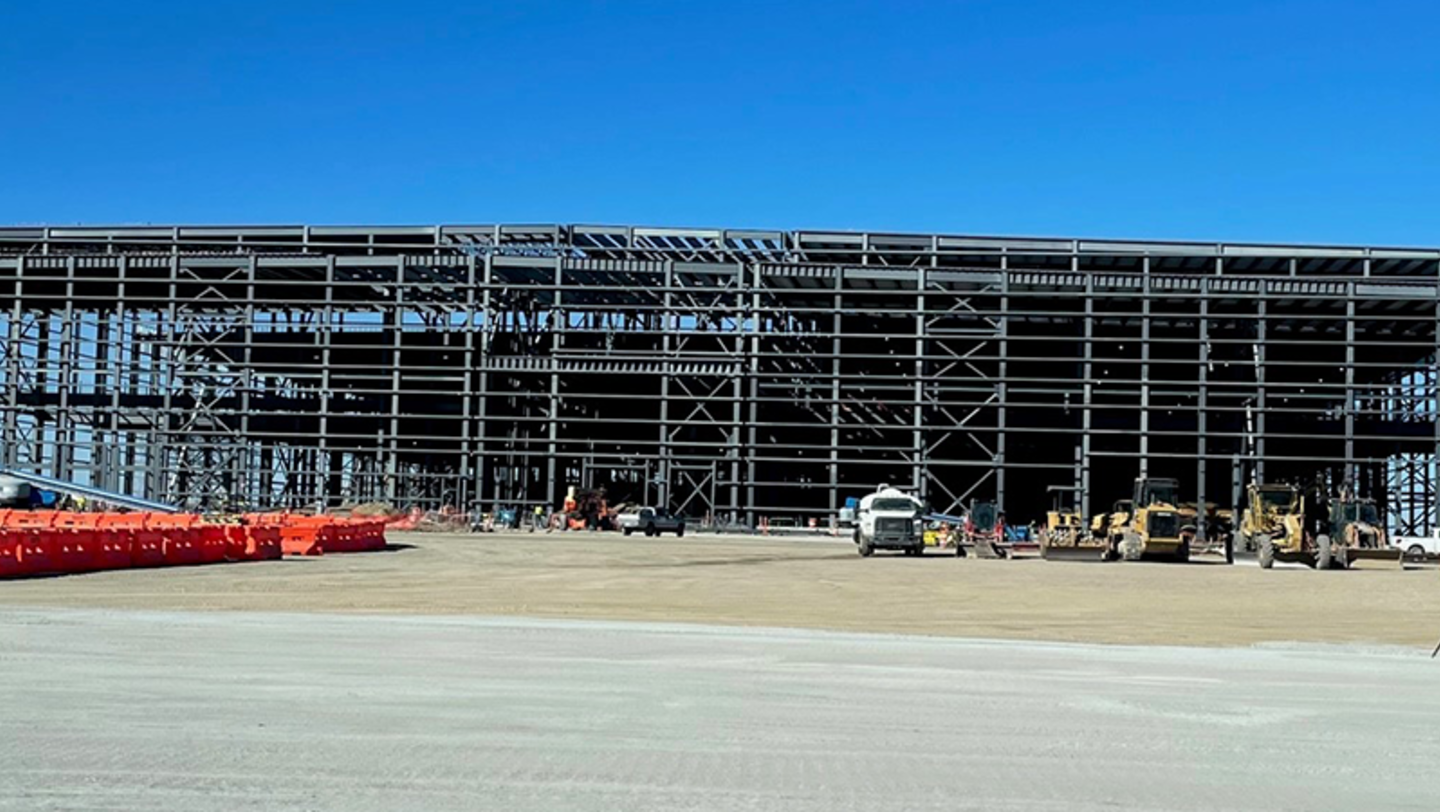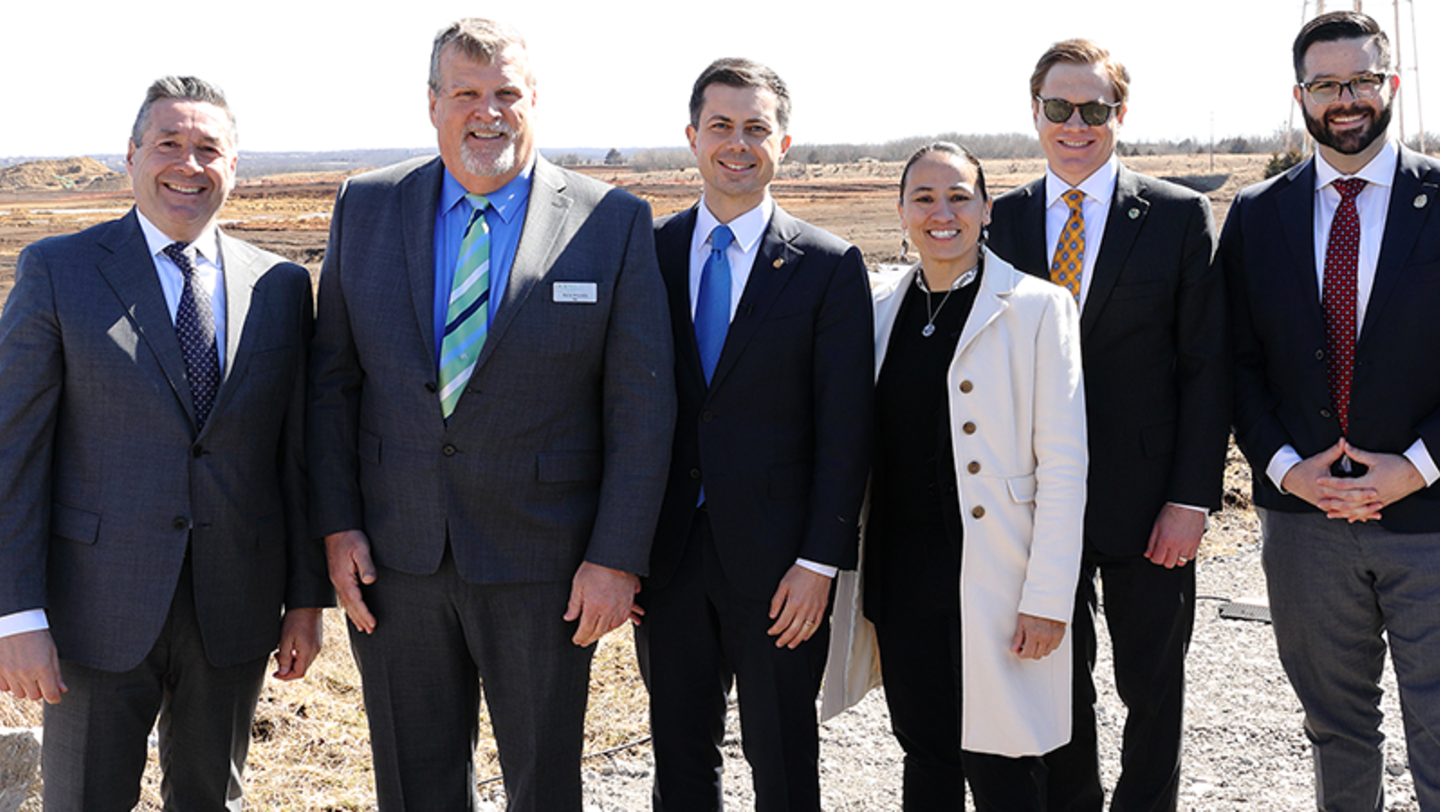Why low-speed EVs matter today
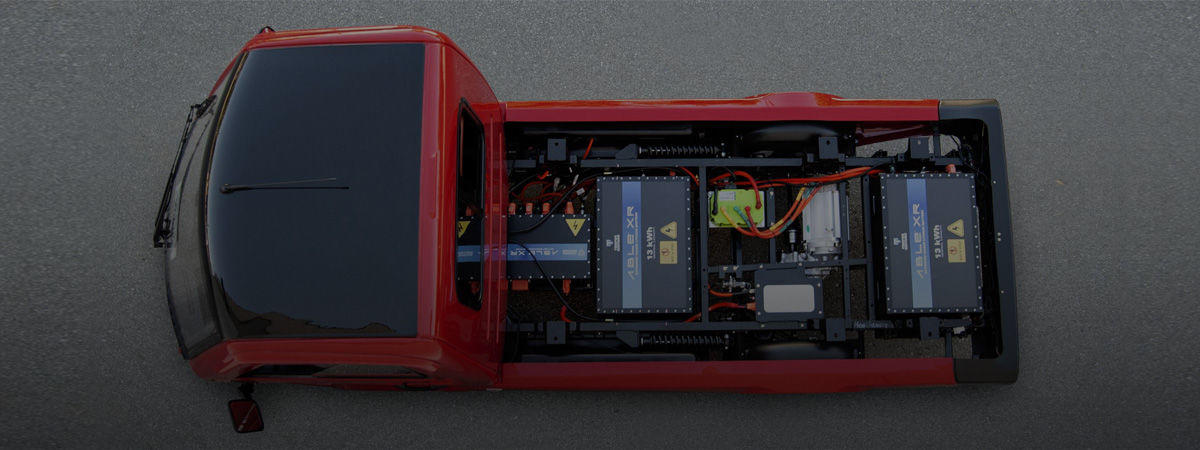
Why low-speed EVs matter today
6 minutesIn early May, New Yorkers said goodbye to the last of the city’s diesel-burning Rapid Transit Series buses. “One of the cleanest bus fleets in the world is now getting cleaner with the retirement of this model as we push on with the latest technologies, including zero-emission electric buses,” said a NYC Transit official. New York is just one among a growing number of cities, states and countries leading a shift to greener transit. In Texas and Georgia, there are moves to replace aging gas-powered fleets with electric vehicles, including electric compact utility vehicles. The California Air Resources Board voted to require that all new buses be carbon-free by 2029. Most U.S. states offer incentives to make the move more appealing to fleet operators and drivers.
Such initiatives are helping to spur the electric vehicle (EV) market. BloombergNEF forecasts sales of EVs increasing from a record 1.1 million worldwide in 2017 to 11 million in 2025 and then surging to 30 million in 2030, as they become cheaper to make than internal combustion engine vehicles.
Jobs that call for electric compact utility vehicles
New research from the UK shows business interest in electric vehicles rising, as fleet operators see environmental and cost benefits tied to EVs. Survey respondents say savings in fuel costs and maintenance are key in making the move to electrify their fleets. As fleet operators look to reduce energy use, EVs are already beginning to fill multiple needs – and electric vehicles like these are increasingly on company radars.
It’s non-controversial: You wouldn’t blow out a candle with a firehouse or disassemble modular Swedish furniture with a sledgehammer. Both things are entirely possible, of course, but why complete a task with glaring inefficiency when there are specific tools for the job? Still, if you visit your typical corporate campus, manufacturing facility, or shopping center, you’ll find large, gasoline-powered vehicles doing light vehicle work. With the emergence of low-speed, low-range electric compact utility vehicles, fleet owners have the opportunity to right-size their fleet by utilizing a vehicle type that’s more appropriate to the job at hand.
In addition to being more environmentally friendly, electric vehicles are often better suited to particular tasks than their large diesel counterparts. They’re often an ideal choice for users who wish to downside their fleet but require more carrying capacity than traditional electric golf carts. While large trucks provide plenty of utility, they’re not the most efficient solution for public works vehicles driving around a local park changing garbage can liners or patrolling Main St. and issuing parking tickets. This is where electric vehicles with a modular design can really shine, allowing users to customize their vehicles to fulfill specific needs.
Going green
As businesses look for alternatives to the traditional internal combustion engines, the temptation is to convert existing vehicles by retrofitting them with a battery and an electric motor. In reality, the benefits of an electric vehicle are better realized in lighter, smaller vehicles.
Research firm CBinsights recently identified 10 trends shaping the auto and mobility industries. Among them: modular design that allows users to customize vehicles for specific needs and that can be converted to carry people and deliver items.
Low-speed electric compact utility vehicle manufacturer and distributor, Tropos Motors, was formed out of decades of experience working across all levels of electric vehicle design. Its ABLE™ line of electric-powered compact utility trucks falls somewhere between a golf cart and a small pickup, with impressive specs: a payload capacity of 2,000 pounds (1 ton | 900 kilograms) and a towing capacity of 3,000 pounds (1.5 tons | 1,350 kilograms) indicative of its automotive-grade components. The startup is drawing attention from public and private fleet owners alike, and that’s due in large part to their vehicles’ versatility. What makes a vehicle useful is its ability to adapt to a specific job, and vehicles that can be easily adapted to specific needs are going to deliver the best and most efficient experience.
Tropos ABLE™ applications include emergency services, facilities, utilities and agriculture, and end-to-end delivery. These vehicles aim to provide a complete solution for last-mile cargo delivery that is inherently more efficient. When these vehicles are lighter, it leaves more energy to move the objects that actually provide value: people and goods.
Given the potential, Panasonic and Tropos Technologies have teamed up to co-innovate the vehicle’s capabilities and features. Panasonic, a global automotive industry leader known for its pioneering energy and battery solutions and connectivity, turned 100 last year, and our history is marked by collaboration with innovators of all sizes. Our efforts range from co-development of products and solutions to capital investments to incubation.
Here’s what we’ve learned from years of co-innovation. First, don’t begin by looking for technology. Instead, start by looking at the problem you’re trying to solve. Once that is identified, ask “Why?” Then the solution will present itself when you put the teams together. This approach is highlighted through the Panasonic – Tropos collaboration, which is focused on electrification solutions to advance hyper-efficient electric compact utility vehicles to address almost any fleet need.
We’re also exploring working together to leverage the potential of connectivity. IoT Connectivity is important to any fleet operator, because they must aim to achieve the lowest possible total cost of ownership while meeting stringent environmental and safety regulations. Energy consumption, route management, driver performance and truck maintenance all impact the overall cost of ownership and advanced connectivity means the fleet manager can track things like location, battery life and key component longevity. This kind of IoT connectivity—with data that can be delivered to mobile devices—gives fleet owners visibility like never before and enable things like improved preventative maintenance and targeted operator training.
Moving forward
In the landmark treatise Competitive Strategy, Michael Porter argued there are just a few ways to win; by selling something for less than your competitor does or by “differentiating” a product or service by making it smarter, faster or improving it in a novel fashion. Consulting giant McKinsey identified disruptive technologies that would account for trillions of dollars in economic value in the decade ahead, and we see differentiation in these disruptive technologies.
When industry leaders are creating new experiences -- like helping fleet owners hit their total cost of ownership goals through a move to electric vehicles -- chances are they’re going to need to stitch together different disruptive technologies into an integrated solution. Panasonic is uniquely skilled at bringing together these technologies. Almost by definition, established organizations are risk-averse. What makes co-innovation exciting is the way it builds a path to success in an existing company. After all, if you don’t take risks, you end up standing still -- and that may be the biggest risk of all.
Technology leaders, from the government to private industry, increasingly rely on disruptive technologies to accelerate their businesses, investing to improve things like sustainability and efficiency. Disruptive technologies such as IoT, renewable energy, advances in autonomous driving and others are expected to generate trillions in economic value in the decade ahead. Panasonic is deeply engaged in these technologies. We believe that connecting them into integrated solutions is essential to creating entirely new experiences. To understand the role they play in other organizations, Panasonic commissioned a research series, Moving Forward, on how disruptive technologies are impacting businesses, government agencies, and entire industries. Continue reading with Panasonic’s Moving Forward recent research.
Author
John Bautista, Founder and CEO of Tropos Technologies, Inc. and Tropos Motors™
Scott Morrison, Director of advanced engineering at Panasonic Automotive
Tavis Szeto, Director, Mobility & Technology at Panasonic Industrial Devices
